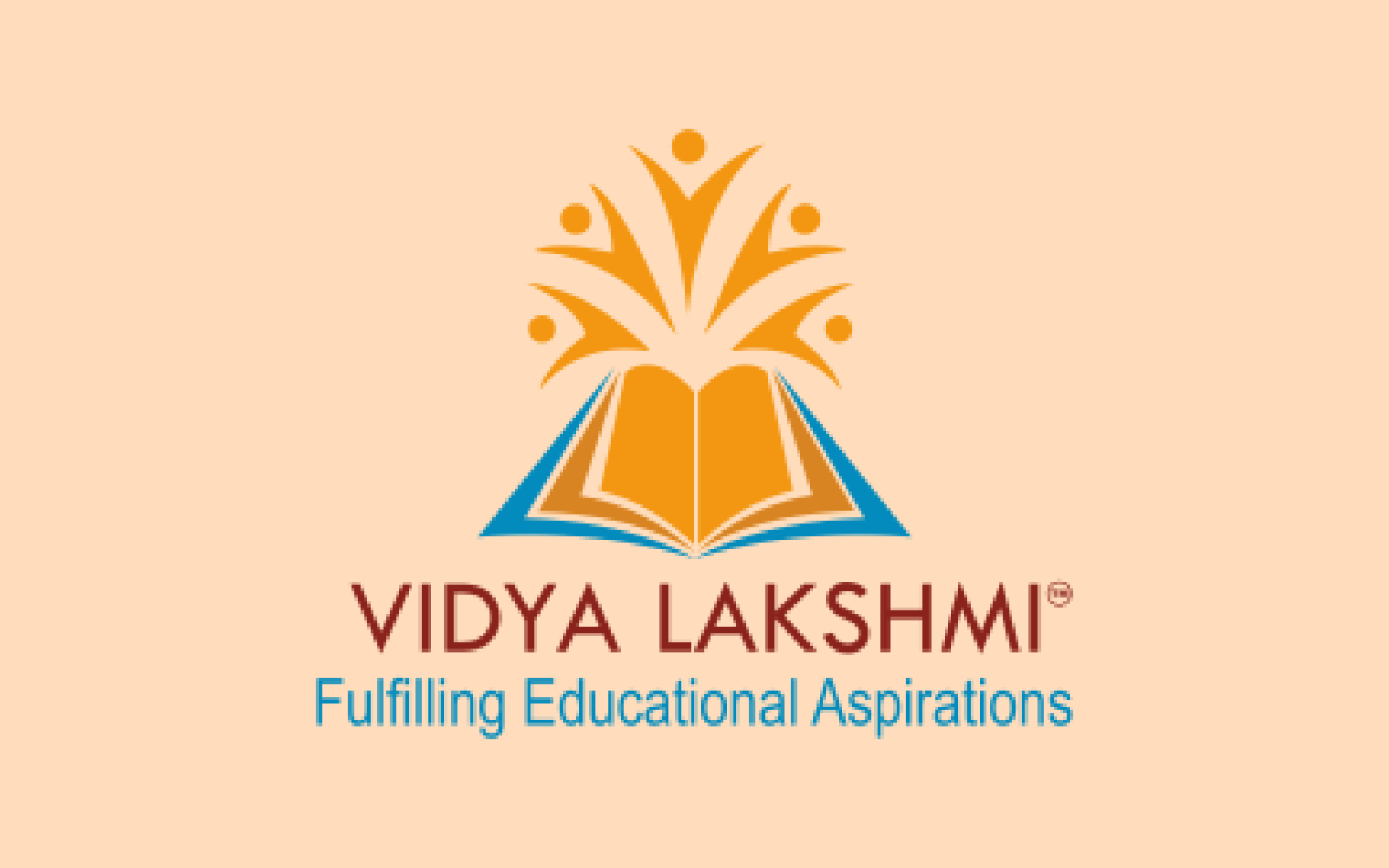PM Vidyalaxmi Scheme: Revolutionizing Education Loans for Students (GS Paper 2, Government Policies)

Why in the News?
- The Indian government, under the leadership of Prime Minister Narendra Modi, has introduced a new initiative called the PM Vidyalaxmi Scheme.
- Recently approved by the Union Cabinet, this scheme is designed to provide financial assistance to talented students seeking higher education, particularly those aiming to attend top institutions.
- It focuses on ensuring that students can pursue their academic aspirations without being held back by financial constraints.
What is PM Vidyalaxmi?
- The PM Vidyalaxmi Scheme is a forward-thinking government initiative aimed at supporting meritorious students who wish to pursue higher education.
- Rooted in the National Education Policy (NEP) of 2020, which calls for greater financial support for deserving students, the scheme provides an easy and accessible way for students to secure loans for their educational expenses.
- The scheme allows students to apply for collateral-free, guarantor-free loans to cover tuition fees, course-related expenses, and more.
Key Features of the Scheme:
Loan Availability:
-
- Eligibility: Any student admitted to a top-quality higher education institution (as ranked by the National Institutional Ranking Framework, NIRF) is eligible for the loan.
- Loan Coverage: The loan will cover the full cost of tuition and other course-related expenses.
- Collateral-Free Loans: Students do not need to provide any collateral or a guarantor.
Financial Support to Meritorious Students:
-
- Students from families with an annual income of up to ₹8 lakh will also be eligible for a 3% interest subsidy during the moratorium period of the loan.
- Loans are provided for up to ₹10 lakhs, with an interest subsidy aimed at reducing the burden on low and middle-income families.
Credit Guarantee Scheme:
-
- Loans up to ₹7.5 lakhs are backed by a 75% credit guarantee, which lowers the risk for banks and encourages them to offer loans to more students.
Transparency and Ease:
-
- The loan application process is fully digital, ensuring transparency and a streamlined process for students.
How Does PM Vidyalaxmi Differ from Previous Schemes?
Broader Eligibility Criteria:
-
- Unlike previous schemes, PM Vidyalaxmi targets a broader range of students, including those from middle-income families.
- It is not limited to students from economically disadvantaged backgrounds and does not consider caste as a factor for eligibility.
Focus on Top Institutions:
-
- The scheme is focused on institutions that rank in the top 100 of the NIRF rankings.
- This means that only the most prestigious institutions across India are covered under the scheme.
- In contrast, earlier schemes had a wider scope but often relied on accreditation from agencies like the NAAC and NBA, which covered a much larger pool of institutions.
Simplified Process:
-
- The introduction of the Vidyalaxmi portal simplifies the loan application process.
- Students can apply through a single platform that connects them to various public and private sector banks, making it easier to track their loan status.
Challenges and Potential Pitfalls:
While the PM Vidyalaxmi Scheme offers numerous advantages, there are a few challenges that could affect its implementation:
Limited Institutional Coverage:
-
- The scheme only covers institutions that are ranked in the top 100 of the NIRF, significantly reducing the number of eligible institutions.
- As a result, students wishing to attend universities outside the top ranks may face difficulties in securing loans under this scheme.
High Performance Expectations:
-
- With eligibility tied to top NIRF rankings, students will need to perform exceptionally well in entrance exams to gain access to these loans.
- This could add pressure on students and may discourage those who do not qualify.
Risk of Exclusion:
-
- Students seeking admission to non-NIRF-ranked institutions may either face higher interest rates or be denied loans altogether, putting them at a financial disadvantage compared to their peers.
Institutional Competition:
-
- The scheme places significant importance on institutional rankings.
- As a result, institutions may be motivated to improve their NIRF rankings, potentially creating a competitive environment that could increase the cost of education in the long term.
Conclusion
- The PM Vidyalaxmi Scheme is a transformative step toward providing equitable access to higher education in India.
- By offering collateral-free loans and providing financial support to meritorious students, it aims to reduce the economic barriers to education.
- However, its reliance on institutional rankings and limited coverage may present challenges that need to be addressed to ensure that all deserving students have an equal opportunity to benefit.
- Despite these challenges, the scheme stands as a significant move toward making education more inclusive and accessible for India's youth.


